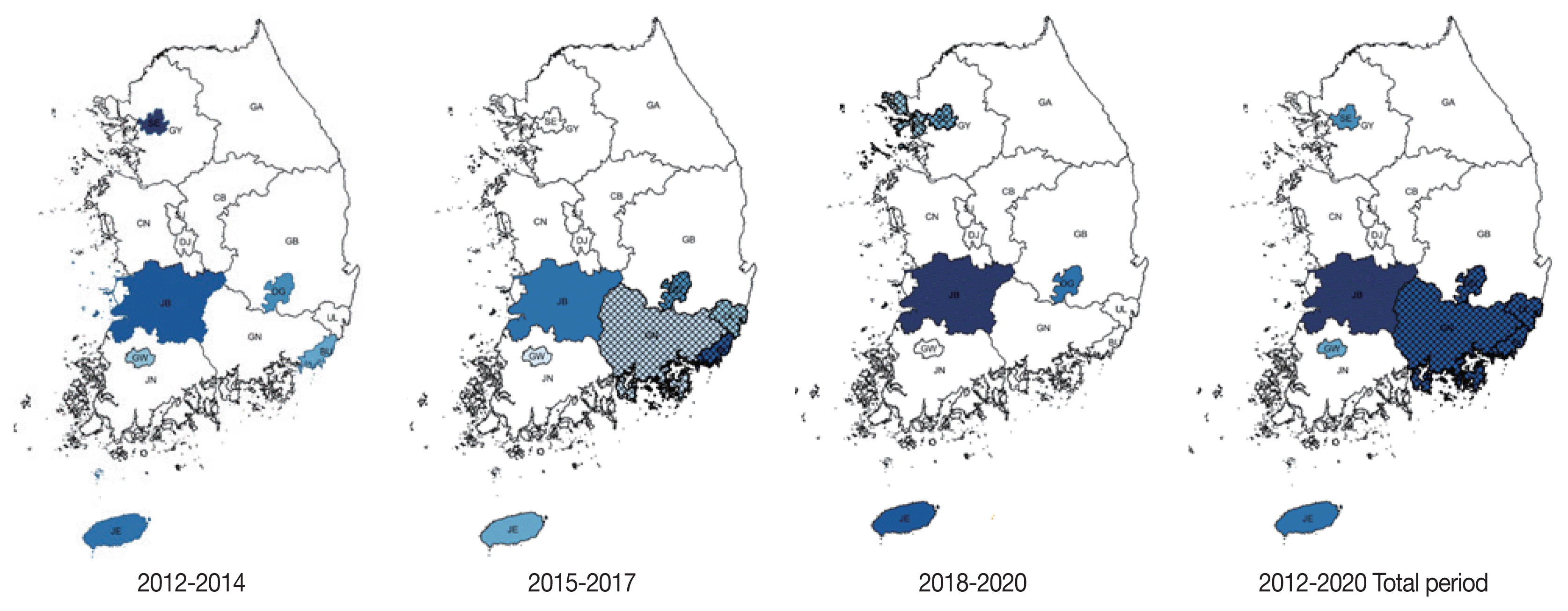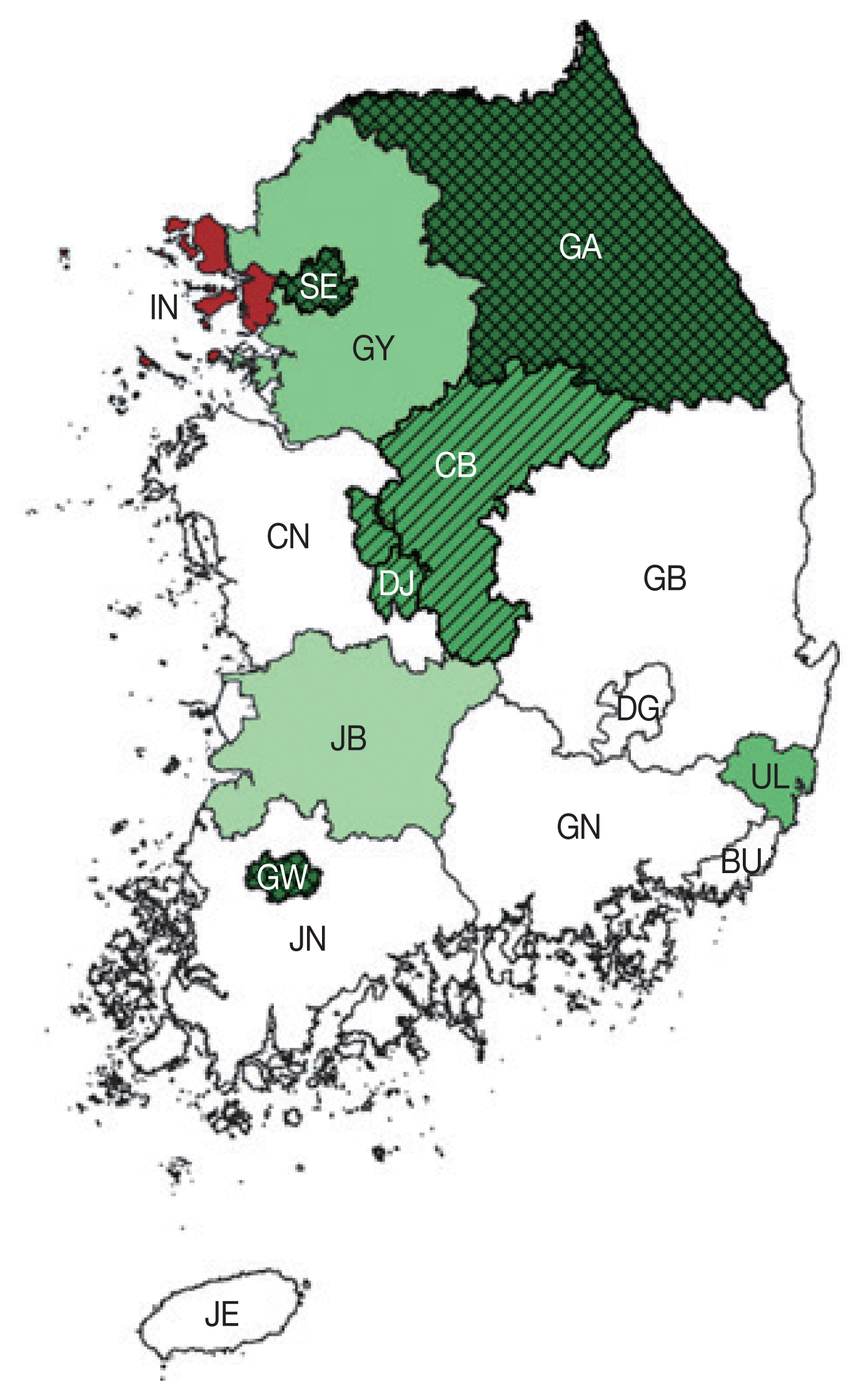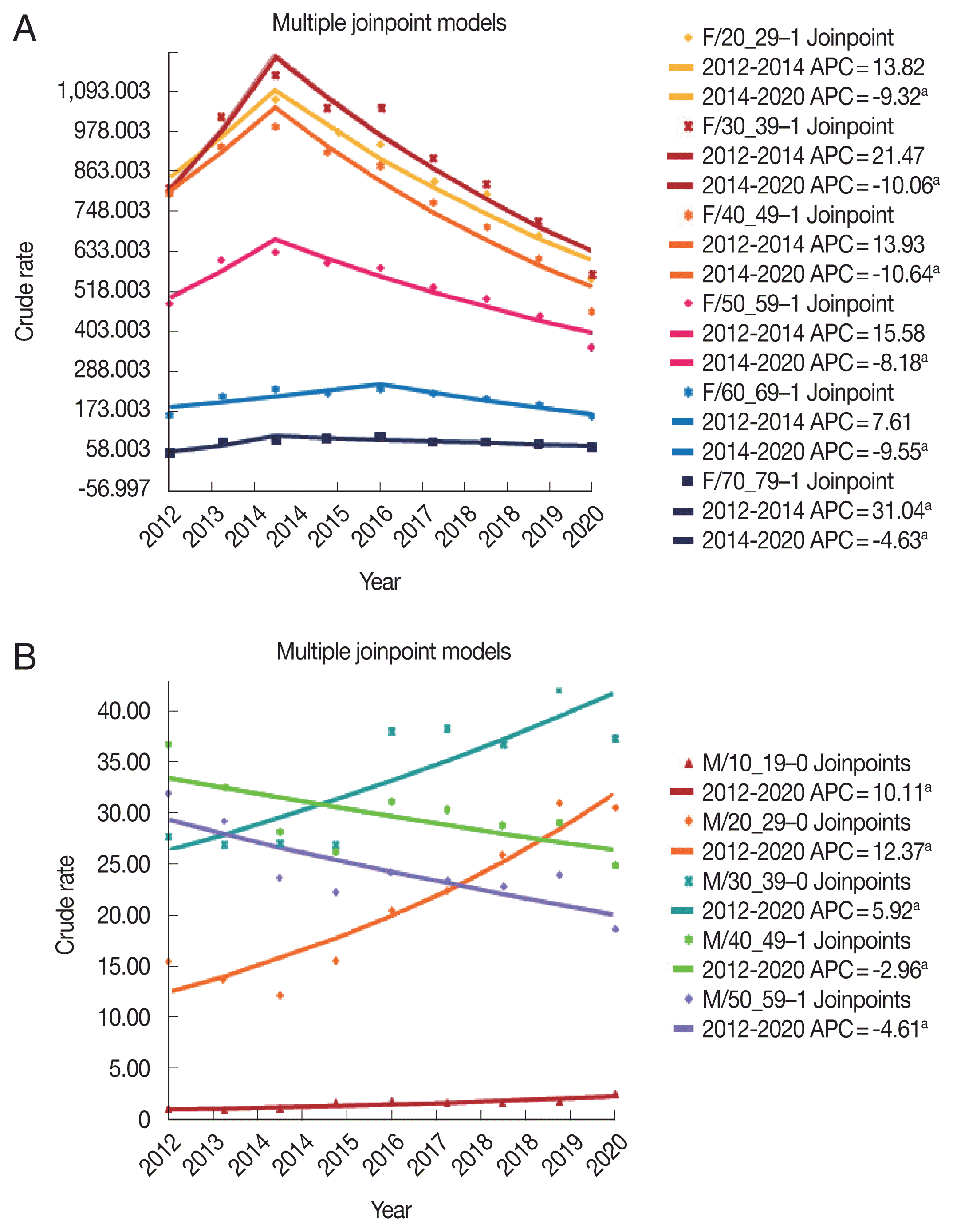2. Sutton M, Sternberg M, Koumans EH, McQuillan G, Berman S, Markowitz L. The prevalence of
Trichomonas vaginalis infection among reproductive-age women in the United States, 2001–2004.
Clin Infect Dis 2007;45:1319-1326
https://doi.org/10.1086/522532


3. Seña AC, Miller WC, Hobbs MM, Schwebke JR, Leone PA, Swygard H, Atashili J, Cohen MS.
Trichomonas vaginalis infection in male sexual partners: implications for diagnosis, treatment, and prevention.
Clin Infect Dis 2007;44:13-22
https://doi.org/10.1086/511144


4. Cotch MF, Pastorek JG 2nd, Nugent RP, Hillier SL, Gibbs RS, Martin DH, Eschenbach DA, Edelman R, Carey JC, Regan JA, Krohn MA, Klebanoff MA, Rao AV, Rhoads GG.
Trichomonas vaginalis associated with low birth weight and preterm delivery. The Vaginal Infections and Prematurity Study Group.
Sex Transm Dis 1997;24:353-360
https://doi.org/10.1097/00007435-199707000-00008


5. Moodley P, Wilkinson D, Connolly C, Moodley J, Sturm AW.
Trichomonas vaginalis is associated with pelvic inflammatory disease in women infected with human immunodeficiency virus.
Clin Infect Dis 2002;34:519-522
https://doi.org/10.1086/338399


6. Mitteregger D, Aberle SW, Makristathis A, Walochnik J, Brozek W, Marberger M, Kramer G. High detection rate of
Trichomonas vaginalis in benign hyperplastic prostatic tissue.
Med Microbiol Immunol 2012;201:113-116
https://doi.org/10.1007/s00430-011-0205-2


7. van Gerwen OT, Camino AF, Sharma J, Kissinger PJ, Muzny CA. Epidemiology, natural history, diagnosis, and treatment of
Trichomonas vaginalis in men.
Clin Infect Dis 2021;73:1119-1124
https://doi.org/10.1093/cid/ciab514


8. Zhang ZF, Begg CB. Is
Trichomonas vaginalis a cause of cervical neoplasia? Results from a combined analysis of 24 studies.
Int J Epidemiol 1994;23:682-690
https://doi.org/10.1093/ije/23.4.682


9. Sutcliffe S, Alderete JF, Till C, Goodman PJ, Hsing AW, Zenilman JM, De Marzo AM, Platz EA. Trichomonosis and subsequent risk of prostate cancer in the Prostate Cancer Prevention Trial.
Int J Cancer 2009;124:2082-2087
https://doi.org/10.1002/ijc.24144



12. Seo HJ, Kim SY, Lee YJ, Jang BH, Park JE, Sheen SS, Hahn SK. A newly developed tool for classifying study designs in systematic reviews of interventions and exposures showed substantial reliability and validity.
J Clin Epidemiol 2016;70:200-205
https://doi.org/10.1016/j.jclinepi.2015.09.013


15. Mathes RW, Lall R, Levin-Rector A, Sell J, Paladini M, Konty KJ, Olson D, Weiss D. Evaluating and implementing temporal, spatial, and spatio-temporal methods for outbreak detection in a local syndromic surveillance system.
PLoS One 2017;12:e0184419
https://doi.org/10.1371/journal.pone.0184419



16. Stelling J, Yih WK, Galas M, Kulldorff M, Pichel M, Terragno R, Tuduri E, Espetxe S, Binsztein N, O’Brien TF, Platt R; W-A Collaborative Group. Automated use of WHONET and SaTScan to detect outbreaks of
Shigella spp. using antimicrobial resistance phenotypes.
Epidemiol Infect 2010;138:873-883
https://doi.org/10.1017/S0950268809990884


17. Chen J, Roth RE, Naito AT, Lengerich EJ, MacEachren AM. Geovisual analytics to enhance spatial scan statistic interpretation: an analysis of U.S. cervical cancer mortality.
Int J Health Geogr 2008;7:57-74
https://doi.org/10.1186/1476-072X-7-57



18. Wang W, Zhang T, Yin F, Xiao X, Chen S, Zhang X, Li X, Ma Y. Using the maximum clustering heterogeneous set-proportion to select the maximum window size for the spatial scan statistic.
Sci Rep 2020;10:4900-4913
https://doi.org/10.1038/s41598-020-61829-y



20. Azage M, Kumie A, Worku A, Bagtzoglou AC. Childhood diarrhea exhibits spatiotemporal variation in northwest Ethiopia: a SaTScan spatial statistical analysis.
PLoS One 2015;10:e0144690
https://doi.org/10.1371/journal.pone.0144690



21. Clegg LX, Hankey BF, Tiwari R, Feuer EJ, Edwards BK. Estimating average annual per cent change in trend analysis.
Stat Med 2009;28:3670-3682
https://doi.org/10.1002/sim.3733



23. Molnar A, Iancu M, Radu R, Borzan CM. A joinpoint regression analysis of syphilis and gonorrhea incidence in 15–19-year old adolescents between 2005 and 2017: a regional study.
Int J Environ Res Public Health 2020;17:5385-5396
https://doi.org/10.3390/ijerph17155385


24. Ginocchio CC, Chapin K, Smith JS, Aslanzadeh J, Snook J, Hill CS, Gaydos CA. Prevalence of
Trichomonas vaginalis and coinfection with Chlamydia trachomatis and Neisseria gonorrhoeae in the United States as determined by the Aptima
Trichomonas vaginalis nucleic acid amplification assay.
J Clin Microbiol 2012;50:2601-2608
https://doi.org/10.1128/JCM.00748-12



25. Joo SY, Goo YK, Ryu JS, Lee SE, Lee WK, Chung DI, Hong Y. Epidemiology of trichomoniasis in South Korea and increasing trend in incidence, health insurance review and assessment 2009–2014.
PLoS One 2016;11:e0167938-e0167938
https://doi.org/10.1371/journal.pone.0167938



26. Kim HY, Choe HS, Lee DS, Yoo JM, Lee SJ. Sexual behavior and sexually transmitted infection in the elderly population of South Korea.
Investig Clin Urol 2019;60:202-209
https://doi.org/10.4111/icu.2019.60.3.202







